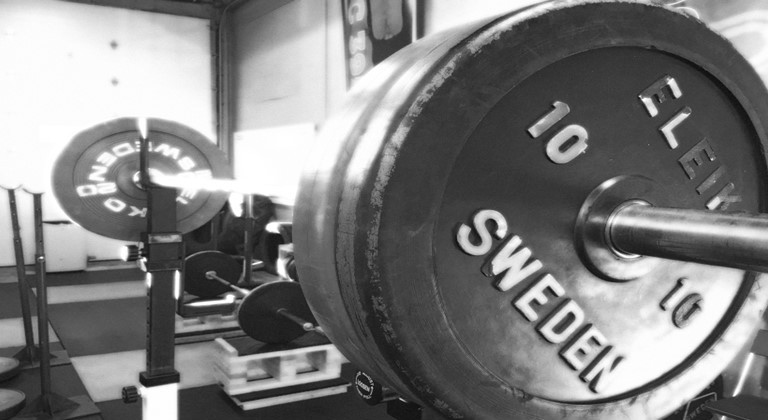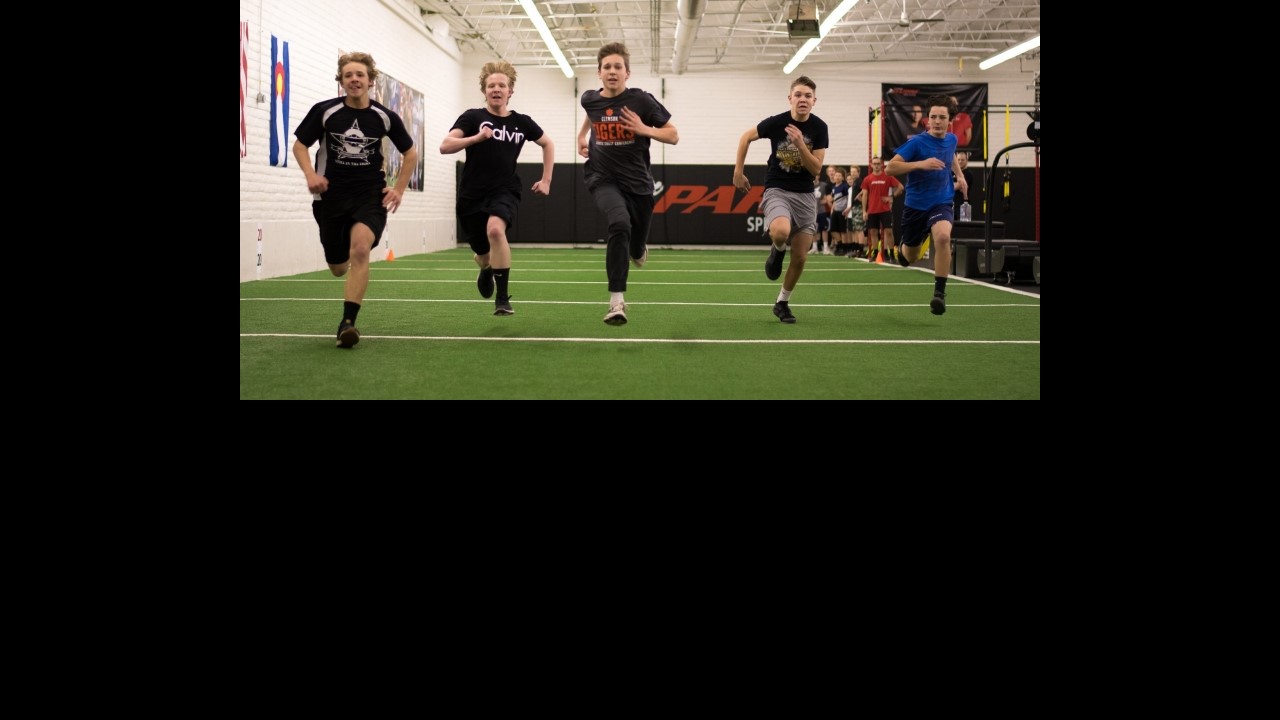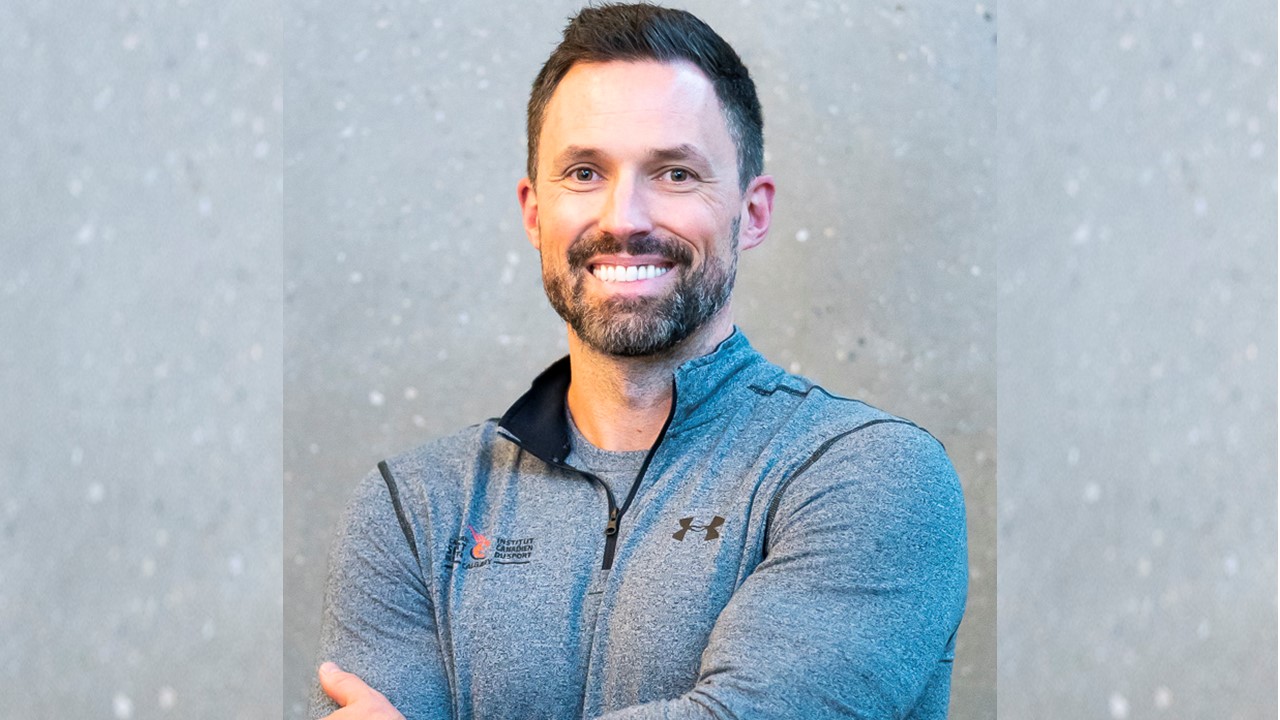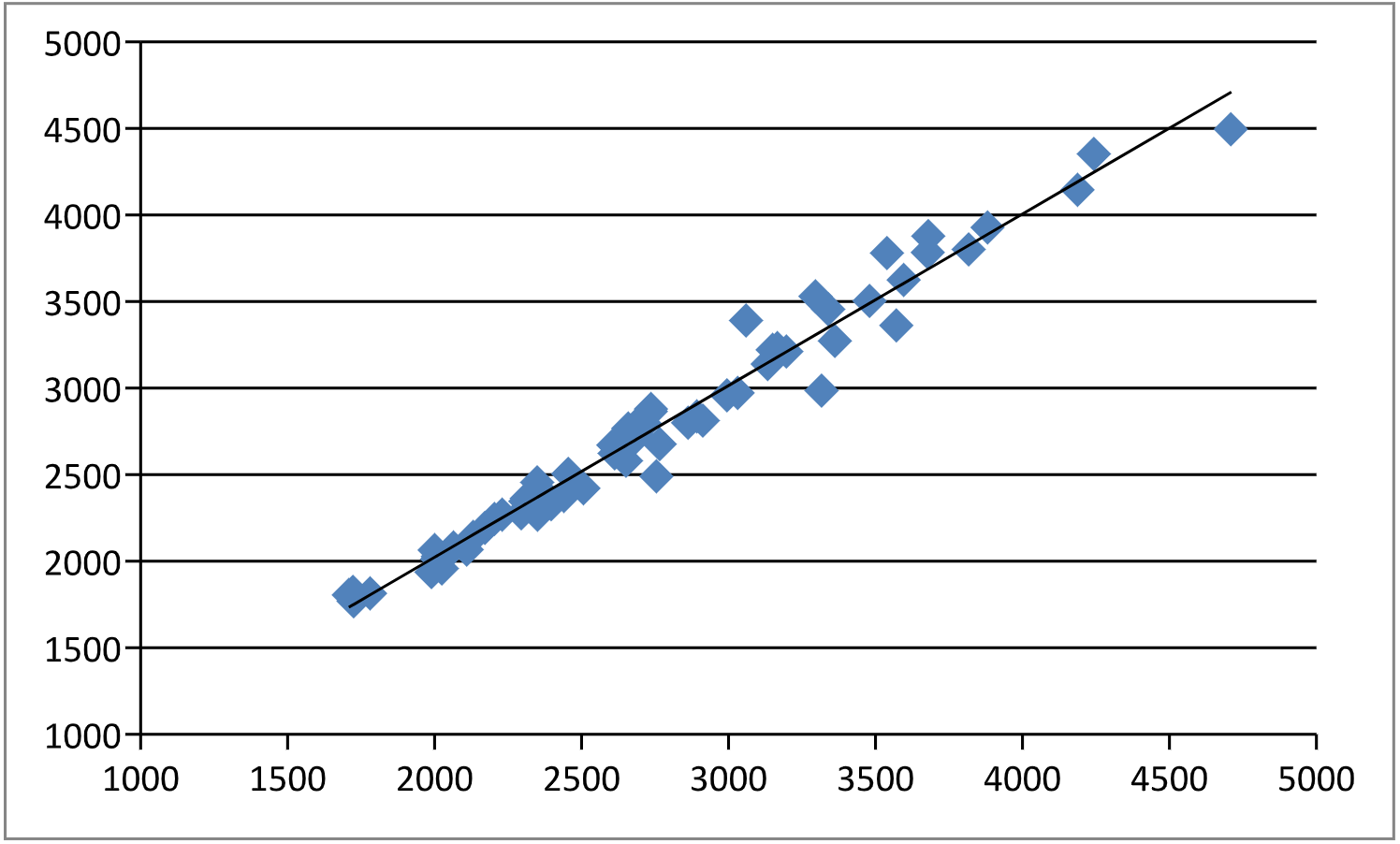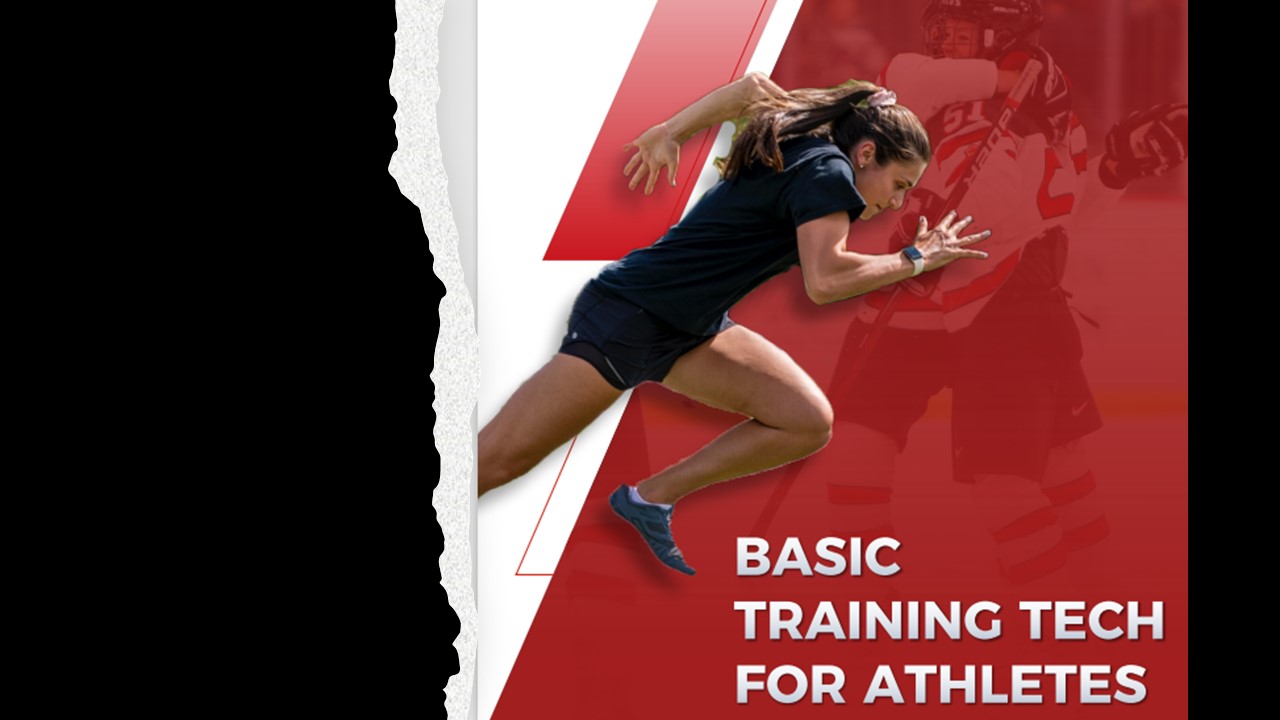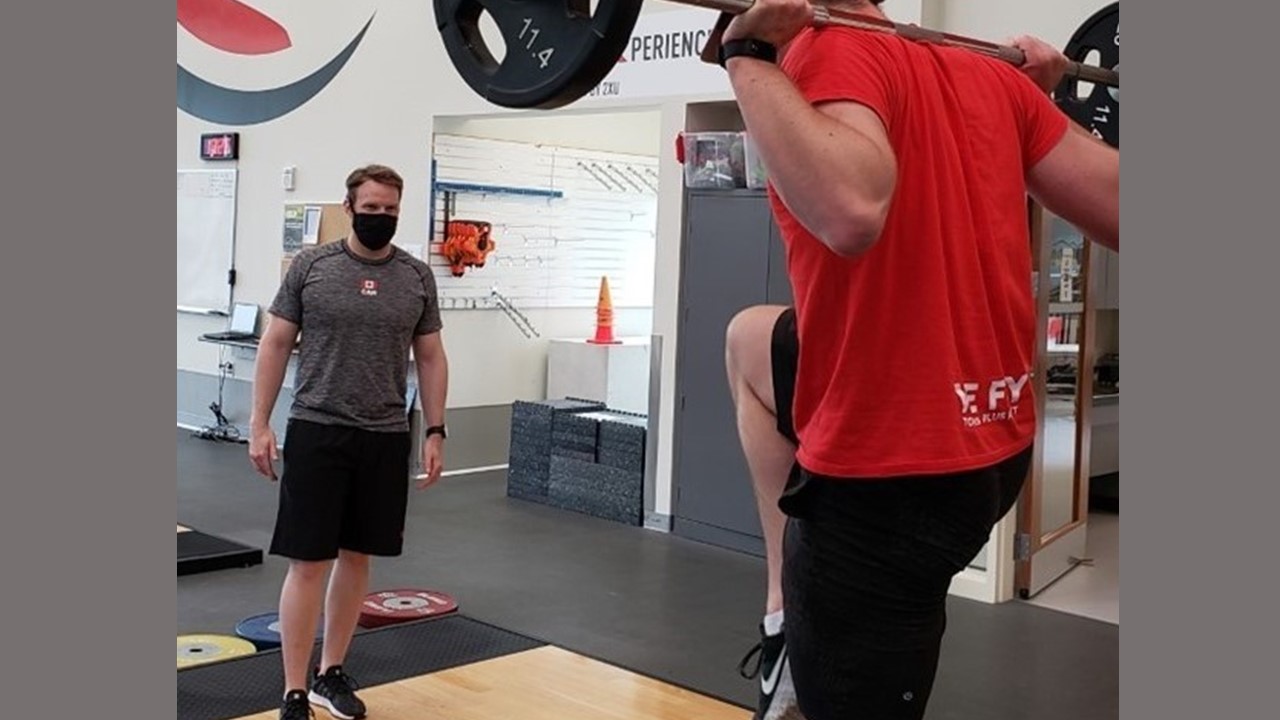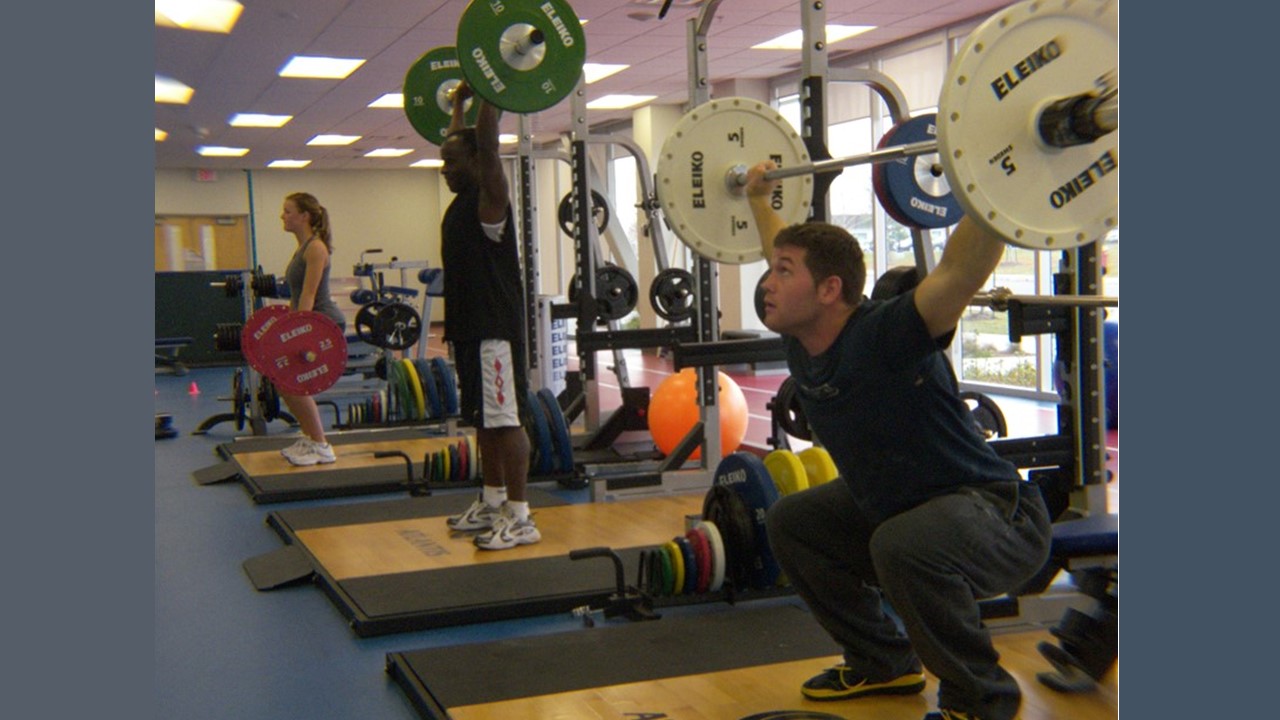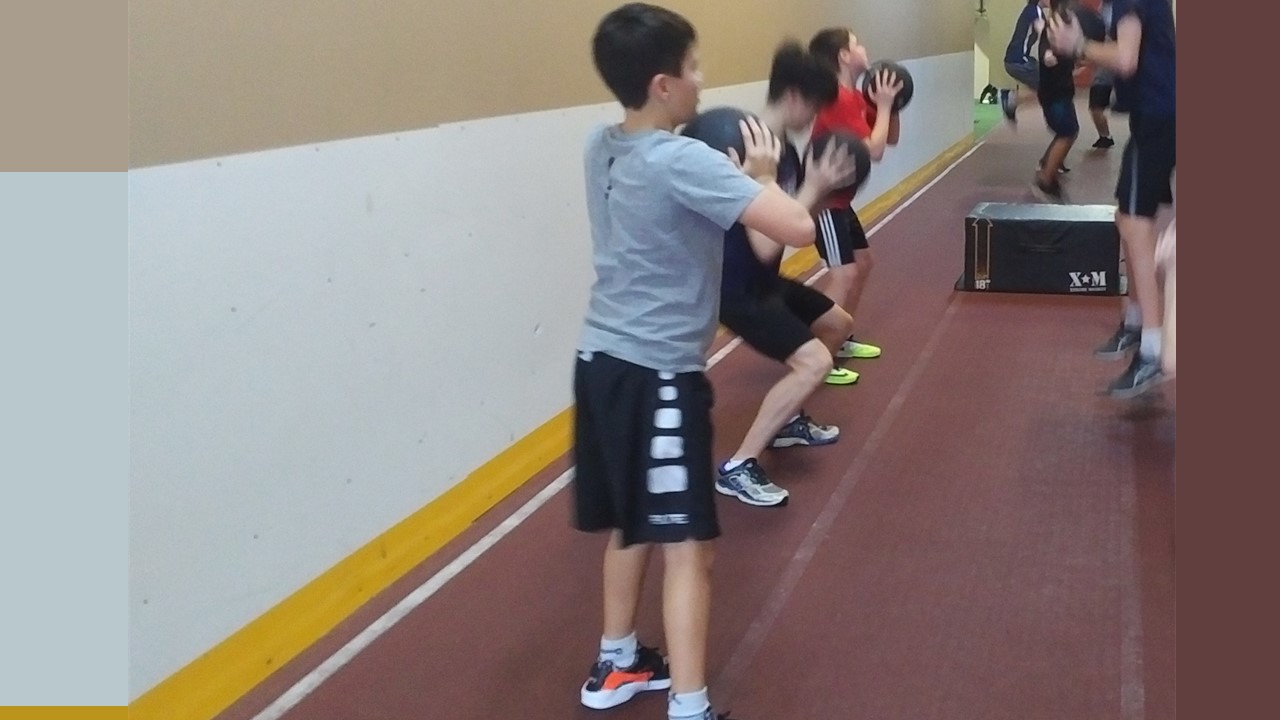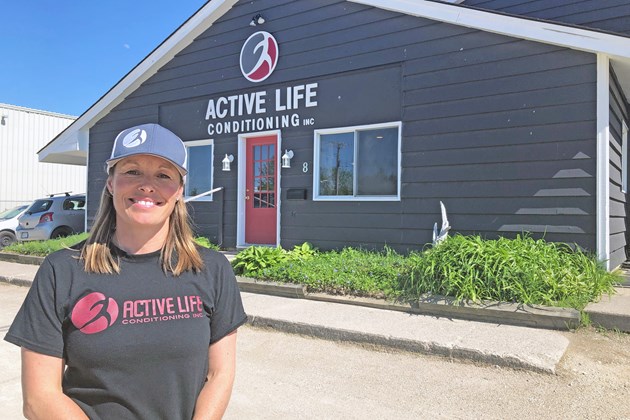Facility Planning and Design
This webinar covers the general processes involved in designing your own facility. Whether small or large scale, there are important steps in the process to consider. This webinar also provides some tips and tricks for finding the best deals on equipment and a few shortcuts on affordable facility design. https://youtu.be/DcbxlvGCWzM
Equipment Vendors Guide
To support our members, we have partnered with our preferred equipment vendor Dotmar Fitness Inc to provide you with a vendor guide for equipment sales. The vendors on this list are both national and local, and represent major vendors with the capacity to bid on large projects and manage purchase orders. CSCA-Vendors-List-4-29-22Download
A High School Model for Strength Training Certification
Safe-LIFT-Certified-curriulum-package-1-30-22Download Performance training in Canadian high schools is very limited in scope and varies tremendously between, and within, school districts in both public and private settings. Access to decently equipped weight rooms is often a major barrier and there is no standard for delivery of strength training education in these settings. Resources to hire individuals who specialize in the training of athletes are rare, thus the onus falls upon the high school teacher to deliver this type of service, often with minimal background in this area. In order to increase access to effective performance training services, some schools are looking [...]
The Importance of In-Season Strength and Conditioning Training
The benefits of strength and conditioning (S&C) training for athletes of all levels have been long established. Athletes who engage in well-structured and evidence-based off-season S&C programs can make significant gains in strength, power and other performance measures, as well as reduce their risk of injury (1,2). The reality is that most athletes, especially those in competitive team sport, spend the majority of the calendar year in a competitive phase. This means that without an effective in-season S&C approach, athletes risk decreasing a large portion of the performance gains they made in the prior off-season (3). In-season training presents a [...]
Dr. Matt Jordan Interview: Jump Assessments – Measurements, Decision Making, Return to Play
https://youtu.be/q0foCc1wQws Matt Jordan is a specialist in player health and performance. He has been a sport scientist consultant for elite athletes over six Olympic Winter Games. Matt holds a Master of Science in Exercise and Neuromuscular Physiology, and a PhD in Medical Science. His research focuses on neuromuscular adaptations to resistance training and knee injury/re-injury prevention. A key method in his research is the development of neuromuscular testing techniques that can be used to monitor recovery after knee injuries to forecast recovery and improve rehabilitation. Currently, Matt is an Assistant Professor in the Faculty of Kinesiology at the University of [...]
Using Tech in the Gym: A Motor Learning-Based Perspective for Guiding Instructions and Feedback with Motion Data
Introduction There has undoubtedly been a spike in technology use across various industries, leading to the current "big data" revolution. Advancements in creating inexpensive hardware have enabled developers to create software that has made previously unfeasible applications a reality. For example, strength and conditioning professionals have started implementing inertial measurement units (IMUs), which were previously limited to lab-based applications, to their daily practice. Smartphones and tablets enable coaches to leverage machine learning to perform markerless motion tracking to obtain coordination data. Virtual and augmented reality are also bound to make their way into mainstream coaching in the future. There are [...]
Basic Training Tech for Athletes
A resource for athletes created by CSCA Advisory Team Member Vicki Bendus Bendus_CSCA_AthleteTech_2021-05-12Download 2/10 3/10 4/10 5/10 6/10 7/10 8/10 9/10 10/10
Development and Pilot-Testing of a Smartabase-Delivered Food Frequency Monitoring Tool
Kevin Iwasa-Madge, MHSC, RD, CSCS completed a Bachelors degree at the University of Guelph in Applied Human Nutrition, and a Masters degree in Nutrition Communication at Ryerson University. Kevin is a former member of the National Wrestling Team, a registered dietitian working with the Canadian Sport Institute Ontario, a certified strength and conditioning specialist, ISAK - Level 2 accredited anthropometrist, and a coach. Introduction Appropriate dietary intake can promote health and sport performance1, and is determined by food choices, and eating behaviours such as timing and frequency of meals, and portion sizes of food consumed2–6. Dietary intake is difficult to [...]
The Effect of Observing a Fatigue Protocol on Subsequent Endurance Performance in a Recreationally Active Female Population
Erika Noel, Courtney Hanlon, Bethany Lidstone, Mackenzie Pope, Shahab Alizadeh, David G Behm School of Human Kinetics and Recreation, Memorial University of Newfoundland, Canada CSCA's note: Our primary goal is to showcase Canadian S&C coaches. Additionally, we look to shine a spotlight on studies and papers written by Canadian students and researchers that are relevant to S&C coaches. This is an example of a paper by a Canadian student on a topic that is especially relevant during these challenging times. Author's note: Originally, this study was conducted as an undergraduate honours research project, which was cut short due to the [...]
Programming Considerations for Return to Play Post COVID-19
It goes without saying that coaches (S&C, and otherwise) are dealing with a relatively unique challenge as we begin the process of returning to training after COVID-19. In a typical year for high performance athletes, 3-4 weeks may be near the upper end of a “transition” or active recovery period before returning to full-time training. In contrast, we are currently reaching approximately 19 weeks (as August begins) of limited or no sport-specific training. This is quite possibly the longest period that many high performance athletes have had “off” of their sport in years, or even their entire careers (we’ll ignore [...]
A Brief Review of the Safety and Efficacy of Olympic Weightlifting and Plyometric Training
*authors note: this article was originally written to assist a colleague who works in a sport environment and was facing resistance from a management group that did not want to permit Olympic weightlifting or plyometric training due to concerns over injury risk Introduction A major concern of implementing the Olympic weightlifting (OL) exercises and plyometrics (plyo) into a sport performance program is the perceived risk of injury erroneously associated with these exercises. This concern is largely the result of assumptions made by coaches, parents, and program managers regarding the risks associated with moving loads at high rates of speed. As [...]
Femoroacetabular Impingement (FAI) with Trevor Cottrell and Chris Juneau
Femoroacetabular impingement (FAI) is becoming a common injury amongst athletes who participate in full squat training and Olympic weightlifting. Anatomical design, when combined with a repeated full range of hip flexion under load, can result in one or more types of lesions of the hip joint, which is vulnerable during these types of activities. FAI occurs when the ball-shaped femoral head contacts the acetabulum abnormally, or does not permit a normal range of motion in the acetabular socket. The pain is associated with damage to the articular cartilage, or labral cartilage (soft tissue, ring-shaped bumper of the socket), or [...]
Youth Resistance Training: Facts and Fictions (Review Article)
By Andrew Cochran, PhD, CSCS “Is it safe for my young athlete(s) to weight train?” This is a question I hear often. I hear it from sport coaches, from athletes’ parents, and from friends who are new to parenthood but are already drafting their newborn’s professional contract(s). While almost certainly “preaching to the choir” on this one, I think it’s important to provide a succinct and well-educated response to this question. Not only because it’s my job, but also because it a) helps educate coaches’ and parents to make the best health & performance decisions possible, and b) (hopefully) helps [...]
Using Athletics and Strength and Conditioning Programs to Keep Kids Active for Life
Sarah Applegarth M.Sc, CSCS, CSEP-CEP, R.Kin With daily public school-based gym curriculum diminishing, and the allure of screen time, the incidence of obesity in Canada has our country receiving a failing grade on our physical activity report card. In 1978, 14% of Canadians were considered obese (1). This obesity number rose in 2015 to 25% in adults and 24.5% of 15-year-olds were reported as overweight (1). This number is projected to rise to 30% by the year 2030 (1). This will create a significant burden on our healthcare system. Participation in sport and supplementary strength and conditioning programs are necessary [...]




